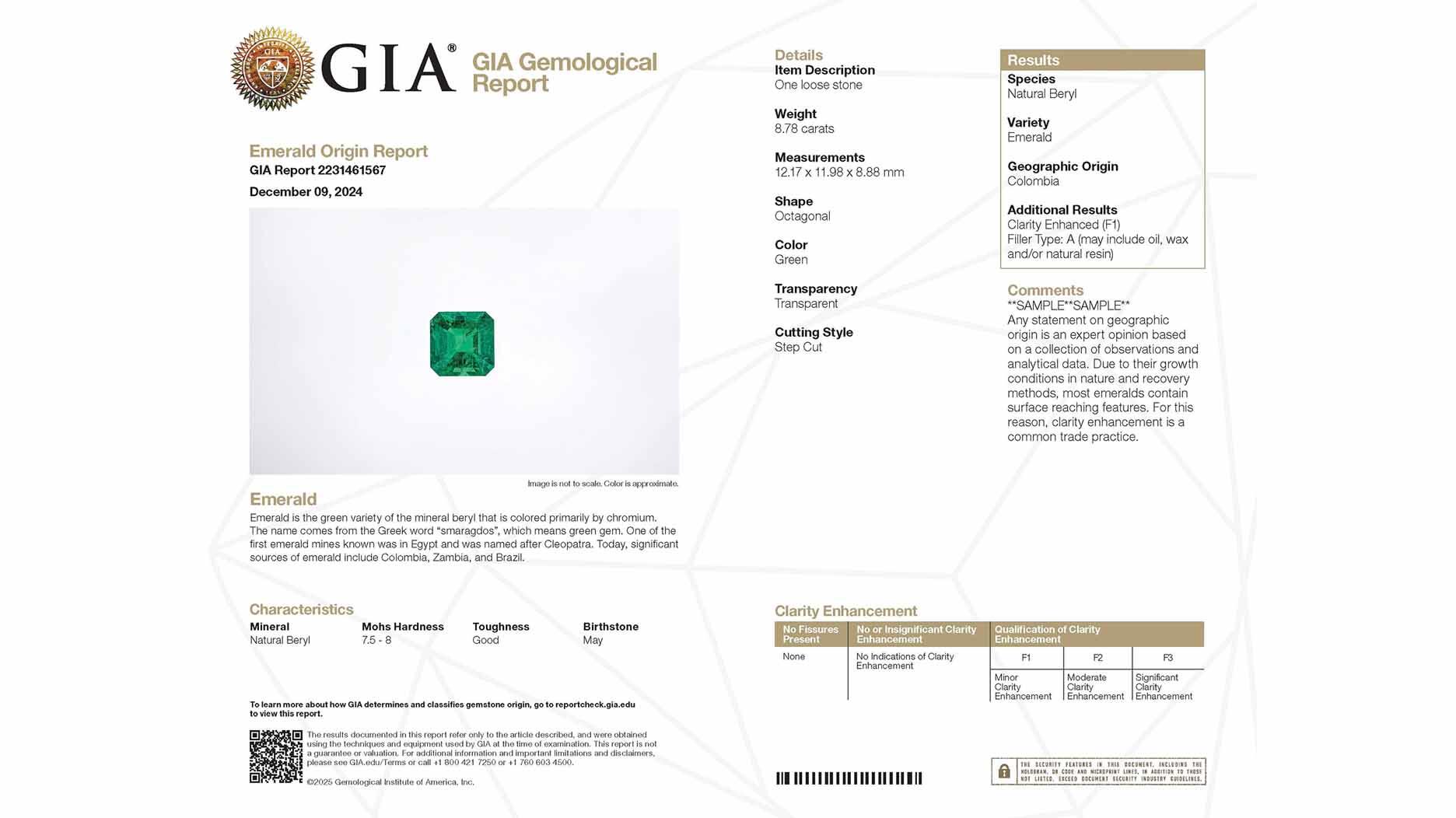The couple pleaded guilty to concealing at least $127 million in cash transactions at its precious metals businesses.
De Beers’ melee screener to go in Antwerp lab
De Beers is now in the manufacturing stage with its melee screener and will lease it to interested sightholders in the second quarter before placing the device in a grading and research facility it operates in Antwerp, making it open to the trade more generally.

London--De Beers is now in the manufacturing stage with its melee screener and will lease it to interested sightholders in the second quarter before placing the device in a grading and research facility it operates in Antwerp, making it open to the trade more generally.
The machine, officially dubbed the Automated Melee Screening Device, or AMS, screens near-colorless or colorless diamonds as small as one point and up to 0.20 carats to determine if they are natural, De Beers said.
Unlike the screening device for synthetic and high-pressure, high-temperature- (HPHT) treated diamonds introduced this week by the Gemological Institute of America that tests one stone at a time, De Beers’ device can take up to 500 carats of melee at once and automatically feeds the stones, table-down, into a measurement station.
Following testing, the diamonds are automatically dispensed into one of five bins:
-- Pass: The stone is not a synthetic or a simulant. Trials have indicated pass rates of 95 to 99 percent for natural melee;
-- Refer: A rare result, this indicates that more testing is needed;
-- Refer Type II: The stone has a low concentration of nitrogen and further testing is required, as it may be synthetic;
-- Non-diamond: The stone is a simulant or synthetic; and
-- Purge: This bin is for when the user needs to empty out the machine because, for example, they placed the wrong packet of diamonds into the device.
Because the machine feeds and sorts stones automatically it can be left unattended, and one person can operate multiple machines at a time.
However, unlike the GIA, De Beers won’t be leasing its device at no cost in exchange for data, or selling it to the general trade, at least not right now.
De Beers said it will offer three-year leases on the device, which was developed by De Beers Technologies UK, to sightholders through the International Institute of Diamond Grading & Research (IIDGR) in Antwerp for $25,000 a year. De Beers declined to say which sightholders would be leasing the machines.
Founded in 2008, the IIDGR is part of the De Beers Group of Companies and is a grading and research center that offers a range of diamond grading services and specializes in developing verification instruments.
In addition to leasing the machines to sightholders, De Beers will install multiple melee screening devices at the IIDGR later
When asked if De Beers plans to sell the device to the trade, a spokeswoman for the diamond miner and marketer said the “initial plan” is to lease the device to sightholders, which are the “current priority at the moment.”
De Beers tested the device last year in a pilot program at the IIDGR. A number of the devices also were deployed to diamond centers worldwide, to measure the impact of different environmental conditions on the machine’s performance, De Beers said.
After receiving what it describes as “strong expressions of interest from many sightholders,” De Beers opted to begin manufacturing the melee screener.
De Beers’ release of information about its automated melee screener comes on the heels of the GIA’s official announcement on Monday that it had developed the DiamondCheck, a screening device for the detection of lab-grown as well as HPHT-treated diamonds as small as one point in size.
The GIA is leasing the machines to diamond bourses around the world at no cost in exchange for data about the stones that get screened. Through GIA Instruments, it is also selling the DiamondCheck to the wider trade for $23,900.
The bourses currently slated to receive a DiamondCheck are in New York, Mumbai, Dubai, South Africa, Hong Kong, Tokyo, Shanghai and Tel Aviv.
Absent from this initial list is the bourse in Antwerp, one of the world’s main trading hubs, though the GIA said Antwerp, along with other diamond centers, likely will receive a DiamondCheck later in the first quarter.
The Latest

Consumers shared concerns about prices, inflation, tariffs, trade, and politics in the survey’s write-in response section.

In February 2026, the auction house will move its headquarters to the former Steinway Hall, a neoclassical landmark on Billionaires’ Row.

How Jewelers of America’s 20 Under 40 are leading to ensure a brighter future for the jewelry industry.

The new show will take place Jan. 23-25, 2026.


The former BHP Billiton leader and Gemfields chairman is remembered for his influential leadership throughout his 50-year mining career.

The LVMH-owned brand has partnered with the costume design union to revamp its award for 2026.

Roseco’s 704-page catalog showcases new lab-grown diamonds, findings, tools & more—available in print or interactive digital editions.

The luxury titan inked a deal to acquire an initial minority stake in the jewelry manufacturer with a pathway to full ownership by 2032.

The company’s curation of unsigned vintage and estate jewelry debuted at the Bloomingdale’s in Costa Mesa, California.

In the recent multi-shipment seizure, CBP also found counterfeit Audemars Piguet, Moncler, and Chrome Hearts items.

Helzberg’s Chief Retail Officer Mitch Maggart shared details about its tests of a new store concept rooted in an elevated luxury experience.

Jewelers of America execs and National Jeweler editors discuss tariffs, the sky-high gold price, and the engagement that broke the internet.

The luxury goods company said founder Ippolita Rostagno will remain at the brand’s helm.

Laura Burdese, who joined the Italian luxury brand in 2022, will take on the role in July.

The National Jeweler editors revisit the most noteworthy industry happenings and design trends from 2025.

Need a gift for the cat lover who has everything? Look no further than our latest Piece of the Week.

It purchased the “Grosse Pièce,” an ultra-complicated Audemars Piguet pocket watch from the ‘20s, for a record-breaking price at Sotheby’s.

The lab-grown diamond grower now offers custom engagement and fashion jewelry through its Kira Custom Lab Jewelry service.

Chandler got his start at Michelson Jewelers and has served as DCA president and CEO since 2001. He will retire at the end of the month.

The boutique is slated to open this week inside Terminal 8, offering pre-owned Rolex watches and more to international travelers.

Sponsored by Digital Monitoring Products

The special-edition egg pendant ingested in a New Zealand jewelry store was recovered after a six-day wait.

Associate Editor Natalie Francisco plays favorites with Piece of the Week, selecting a standout piece of jewelry from each month of 2025.

The “Love and Desire” campaign is inspired by the magic that follows when one’s heart leads the way, said the brand.

Berta de Pablos-Barbier will replace Alexander Lacik at the start of January, two months earlier than expected.

Sotheby’s held its first two jewelry sales at the Breuer building last week, and they totaled nearly $44 million.


























